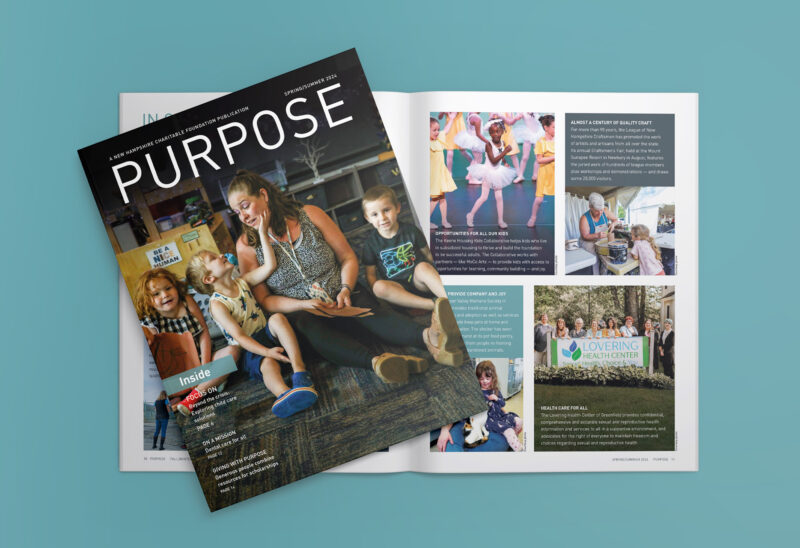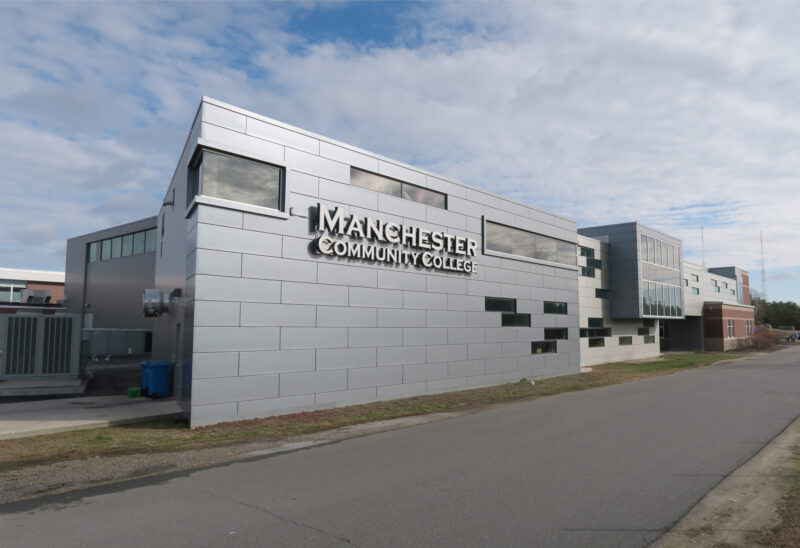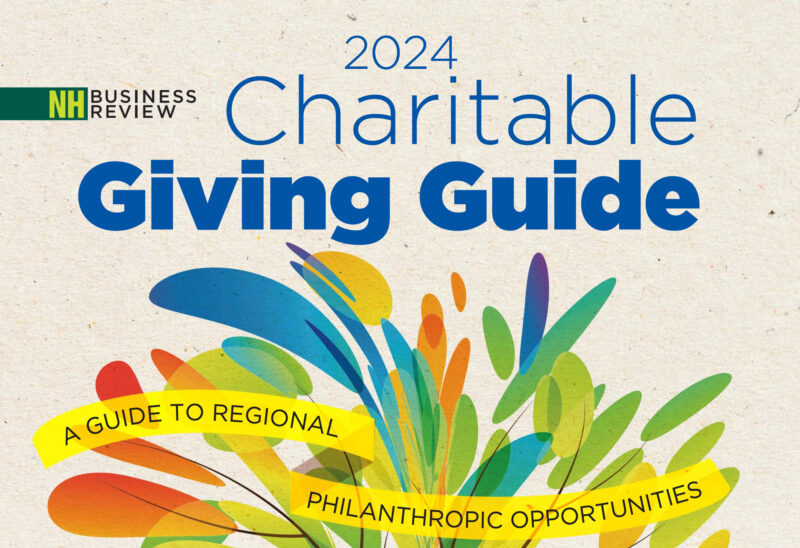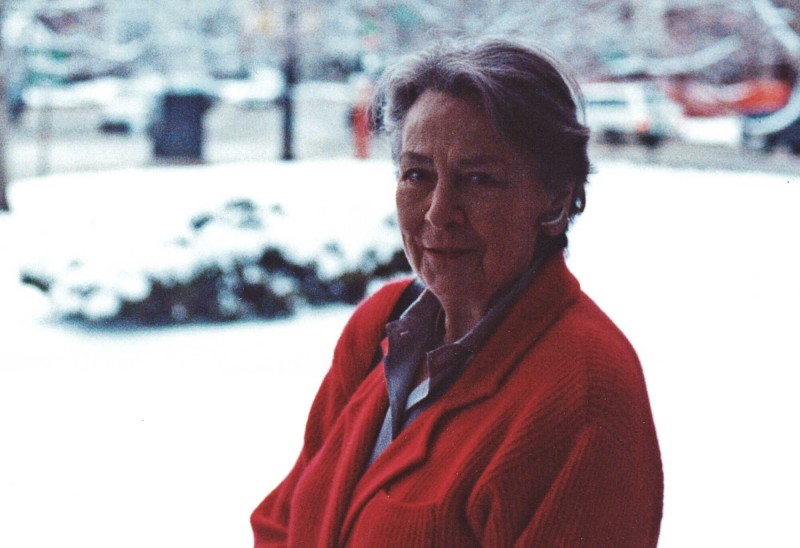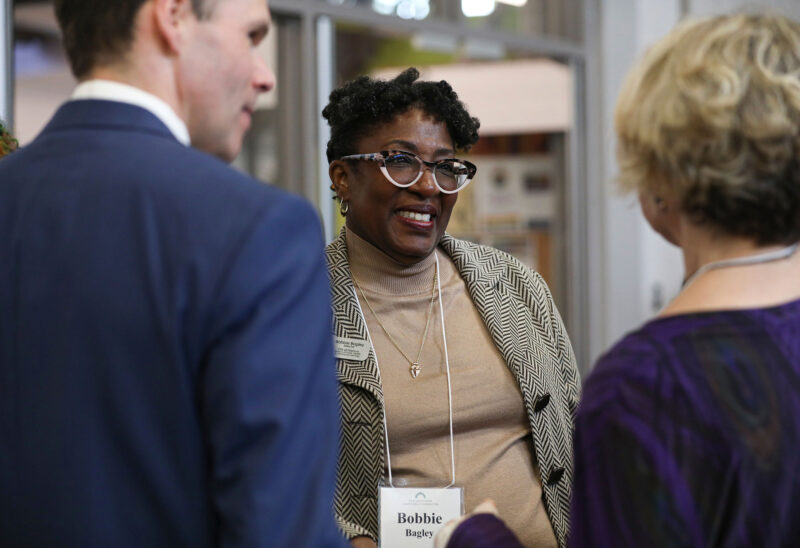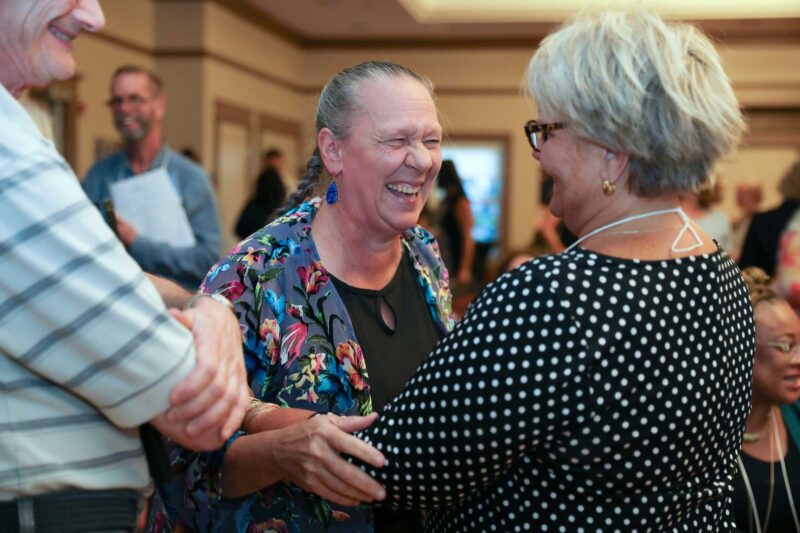All children in New Hampshire deserve a high-quality public education that will set them on the road to success in life. But only some children are lucky enough to get that. Consider:
In one New Hampshire public high school, 87 percent of 11th-graders are proficient or above in math and reading and 97 percent of students graduate. Students are offered academic research seminars, debate and rigorous AP-prep offerings across the curriculum. Teachers make an average of $78,930.
For this education and a variety of other services, property owners in this community — where the median household income is $114,000 — pay a property tax rate of $16.27 per $1,000 of their property’s value.
A scenic 30.4 miles down the road is a second New Hampshire public high school.
Here, only a handful of AP classes are on offer, none in math. Fewer than two-thirds of 11th-graders are proficient in reading, a startling 28 percent in math. Just 78 percent of students finish high school. Teachers are paid, on average, $49,823 — and low salaries often mean high teacher turnover.
In this second community — where the median household income is $48,000 — property owners pay taxes at a rate nearly three times that of those in the first community: $40.98 per $1,000 of value.
These disparities play out all over New Hampshire. And the vast majority (78.6 percent) of New Hampshire students live in communities with below-average property tax base per pupil that struggle to fund schools.
In New Hampshire, according to a report commissioned by the state’s Commission to Study School Funding, “The highest poverty school districts have the lowest student outcomes. The negative relationship between poverty and outcomes is very strong.”
To help improve outcomes for New Hampshire’s children, the Foundation is supporting the work of NH School Funding Fairness Project, Reaching Higher NH and other grassroots organizations.
It has often been said that ZIP code should not determine a child’s opportunity or outcomes. In New Hampshire, too often, it does.

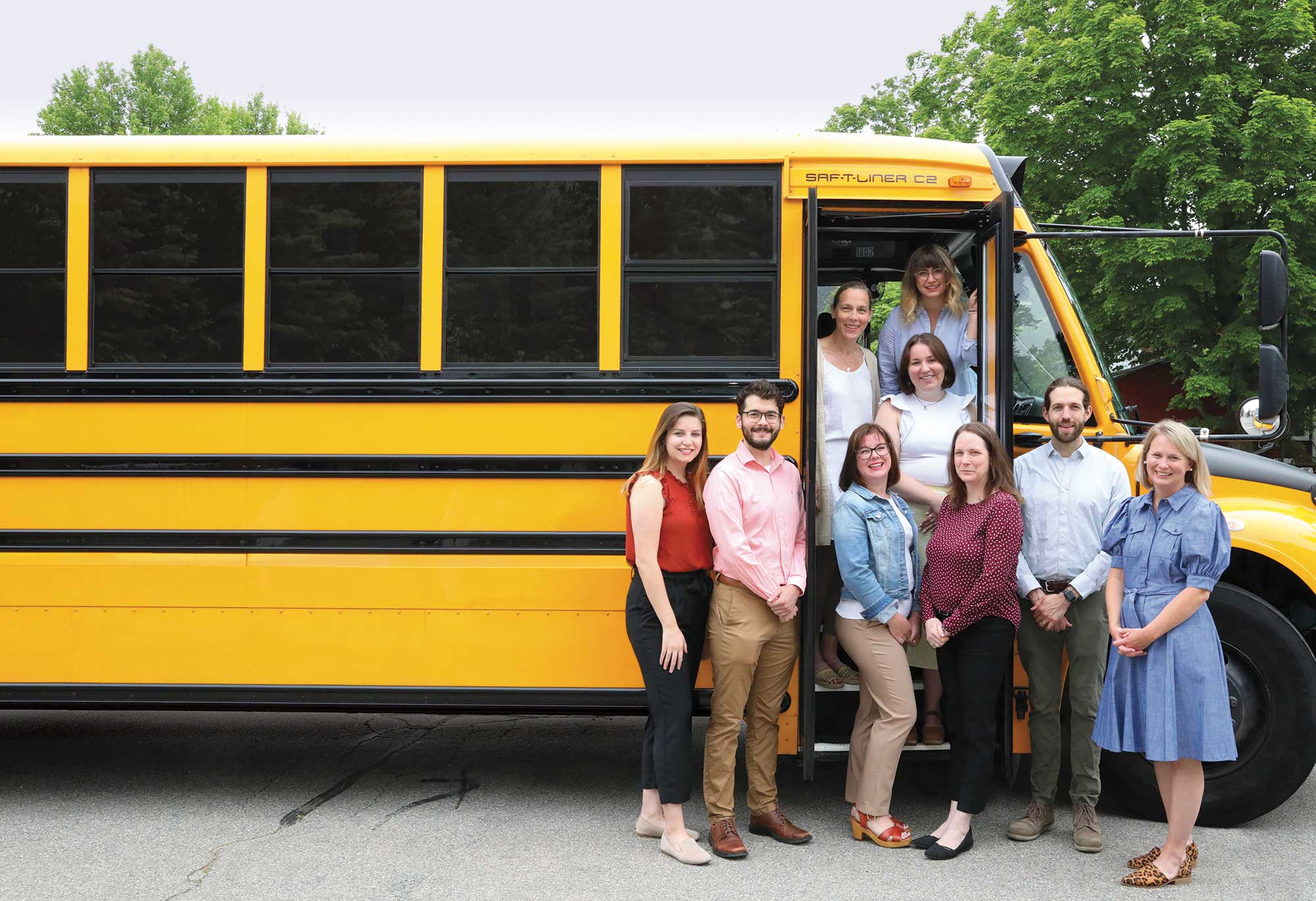






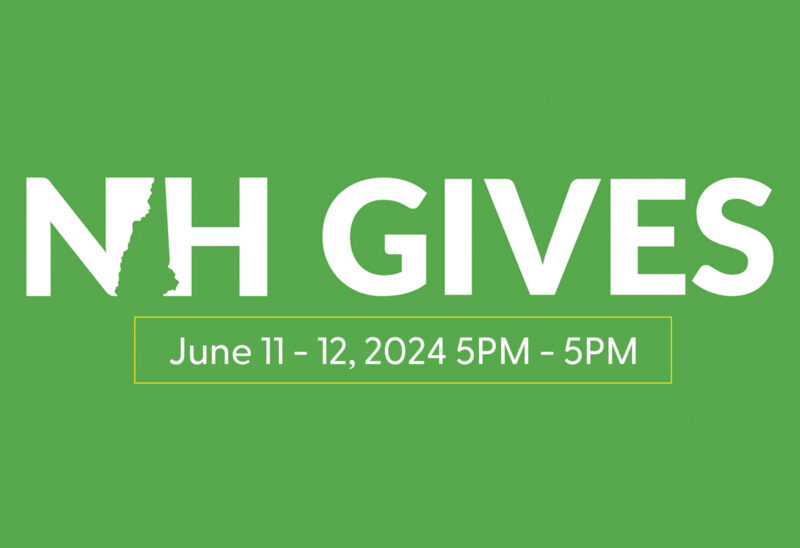

![Rev. Heidi Carrington Heath joined Seacoast Outright. [Photo by Cheryl Senter]](https://www.nhcf.org/wp-content/uploads/2024/05/Heidi-Carrington-Thumbnail-800x548.jpg)
![Dr. Jennie Hennigar treats a patient at the Tamworth Dental Center [Photo by Cheryl Senter]](https://www.nhcf.org/wp-content/uploads/2024/05/TCCAP-Hero-800x548.jpg)
